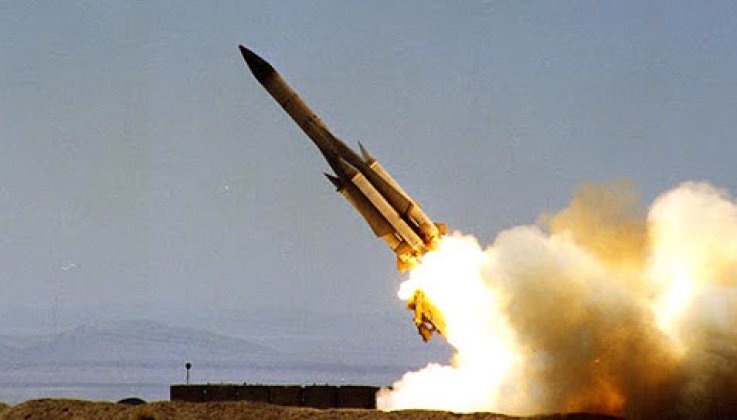Surface to air (SAM) missile systems have since the mid 1950s played an increasingly central role in allowing states to deny adversaries the ability to either operate aircraft in or launch missile strikes against protected airspace. With adversaries of the United States relying increasingly heavily on such systems for defence since the disintegration of the Soviet Union, as post-Soviet Russia quickly fell behind in tactical combat aviation and ceased to support many of its partners’ fighter fleets, the possibility was increasingly speculated from the 2010s that surface to air missile systems could be used to neutralise an adversary’s surface to air missiles – thus nullifying their defensive capabilities. This was first highlighted by Israel’s use of its David’s Sling surface to air missile system to shoot down missiles fired by Syria’s own long ranged system the S-200 – thus preventing the S-200s from firing on Israeli aircraft that were attacking Syrian targets. This in effect represented a shooting down of the missile the enemy fired at a friendly missile or aircraft, thus using one’s own surface to air missile systems to protect them.
The possibility of surface to air missile systems being used to nullify an adversary’s air defences has recently been highlighted in the Ukrainian theatre by Russia’s deployment of its assets to shoot down missiles from Ukraine’s U.S.-supplied MIM-104 Patriot air defence systems. The Russian Defence Ministry reported on February 23 that alongside MiG-29 fighter, a Mi-8 helicopter, seven Storm Shadow/SCALP cruise missiles and multiple drones, targets brought down by Russian aviation and air defence systems over the past week also included a guided missile from a Ukrainian Patriot battery. The possibility of Russian air defence systems achieving this is significant, since the surface to air missiles fired by the Patriot fly at only Mach 3.5 speeds, with some sources reporting maximum speeds of Mach 5, while missiles fired by Russian systems such as the S-400 fly at speeds exceeding Mach 14. With S-400s having demonstrated the ability to intercept Mach 8 missiles in the past, and the trajectories of surface to air missiles being far from the most complex, such a shootdown remains highly plausible.
Russian forces can potentially benefit from targeting missiles launched by Patriot systems, as not only are Russian made missiles approximately half as costly as those fired by the U.S.-supplied system, but Russia’s stockpiles of missiles for systems such as the S-400 are orders of magnitude greater than the limited number of missiles available for Ukraine’s Patriot batteries. The Russian Defence Ministry invested particularly heavily in increasing its productive capacity for long range surface to air missiles in the 2010s, opening three large new facilities to produce for the S-400 and S-300V4 systems, and as such output of these missiles is estimated to be well over twice as large as that of all NATO members combined. This partly reflects the fact that Russia has relied very heavily on surface to air missile assets to compensate for the relatively limited funding that has been provided to its fighter fleet, with systems such as the S-400 seen to provide an asymmetric and cost effective means of countering more numerous Western aviation fleets fielding aircraft with more sophisticated sensors and stealth capabilities. The ability to protect friendly aircraft or missiles from enemy air defences by shooting down their surface to air missiles has significant potential implications as NATO and Russia continue to expand their surface to air missile deployments near one another’s borders.


